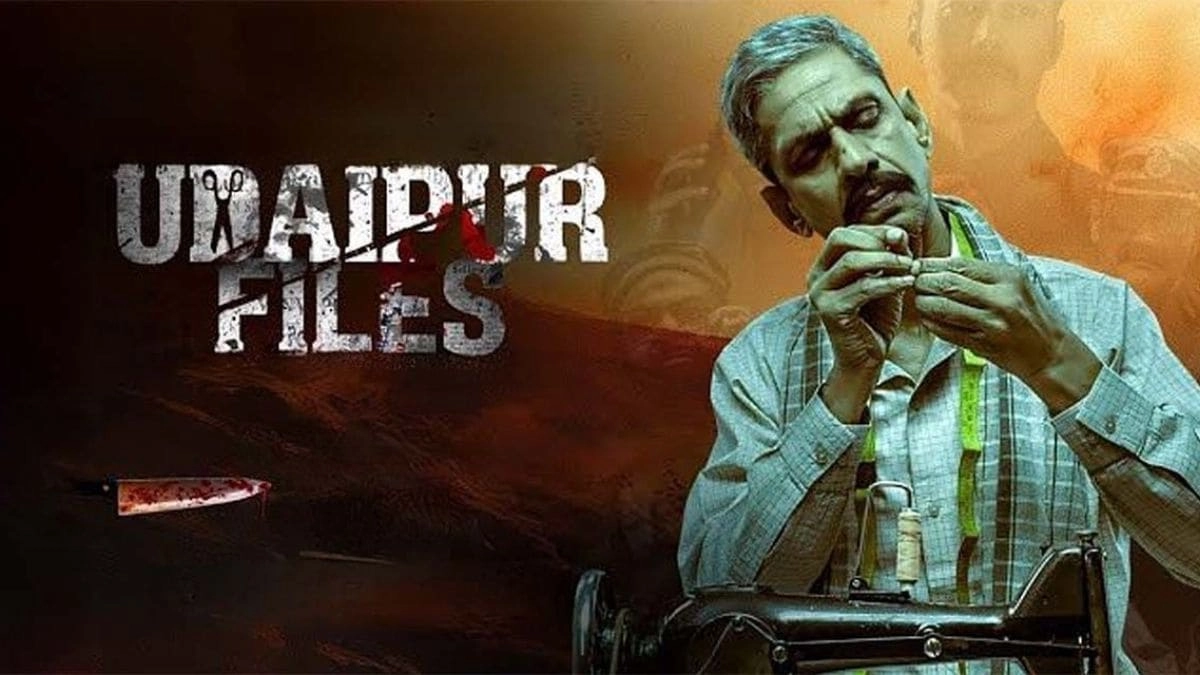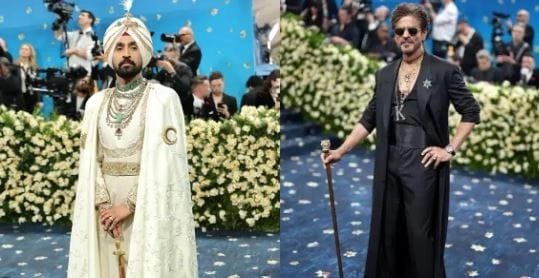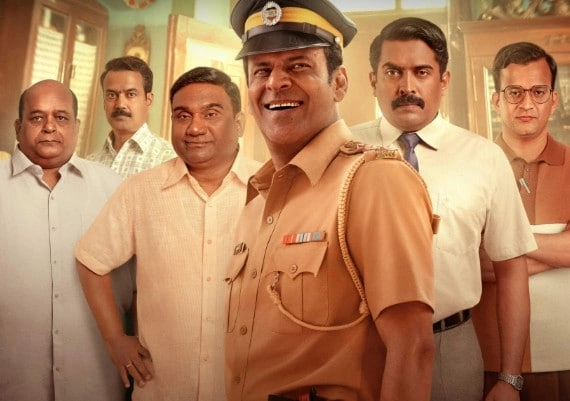The Central Board of Film Certification (CBFC) has made significant alterations to the film “Udaipur Files,” which is based on the tragic murder of tailor Kanhaiya Lal. In a move that has sparked discussions about artistic freedom and censorship, the board mandated a total of 150 cuts to the movie before it could be granted a release. This decision underscores the sensitive nature of the subject matter, which is rooted in real-life events that have stirred considerable public emotion and debate.
The film aims to depict the circumstances surrounding Kanhaiya Lal’s murder, an incident that has become emblematic of broader societal issues, including communal tensions and the challenges faced by individuals in minority communities. The CBFC’s stringent requirements for cuts reveal the complexities involved in portraying such sensitive topics on screen. Many filmmakers argue that these restrictions can dilute the intended message of the film, thereby limiting their ability to engage with important social issues. Supporters of the censorship, however, argue that it is necessary to prevent the potential incitement of unrest and to ensure that the film does not exacerbate existing tensions.
As the film industry grapples with the realities of censorship, “Udaipur Files” serves as a case study of the delicate balance between creative expression and societal responsibility. Filmmakers often find themselves at the mercy of regulatory bodies that impose stringent guidelines in an effort to maintain public order. This situation raises critical questions about the role of the CBFC in shaping cinematic narratives and the potential consequences of its interventions on public discourse. With the film’s release now marred by extensive cuts, audiences are left to ponder what might have been lost in the editing room and how the film’s message may have been altered as a result.
Ultimately, the fate of “Udaipur Files” reflects a broader conversation about the power of cinema as a medium for storytelling and social commentary. As filmmakers continue to navigate the challenges posed by censorship, the ongoing dialogue about the implications of such interventions remains essential. The case of Kanhaiya Lal’s murder and its representation in film is a poignant reminder of the complexities of addressing real-world issues through art, highlighting the critical need for a space where these stories can be told with authenticity and integrity.




